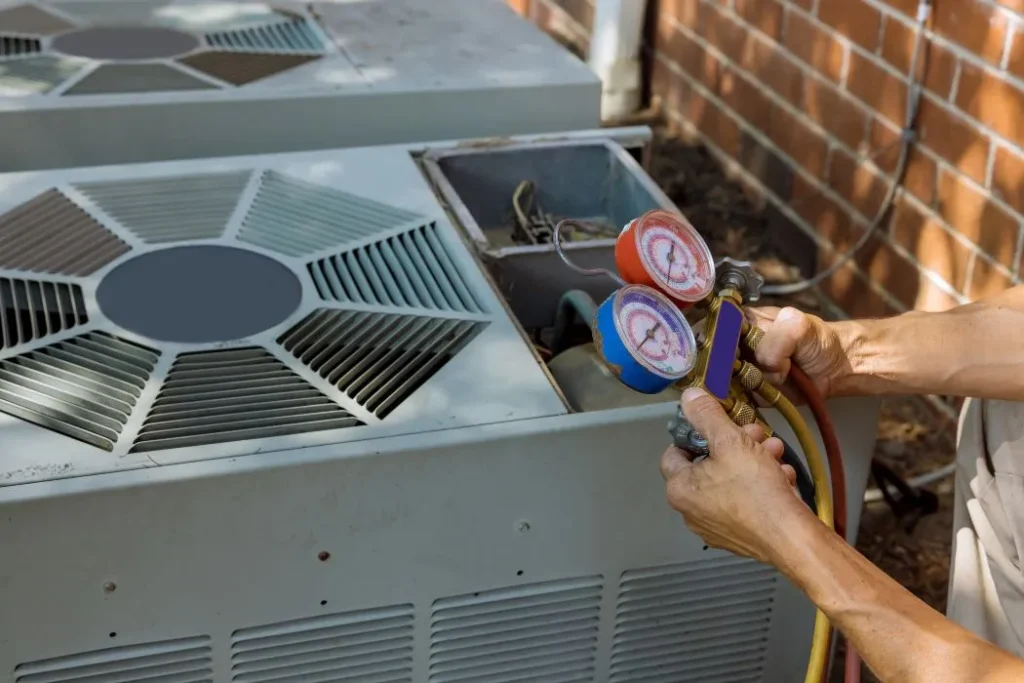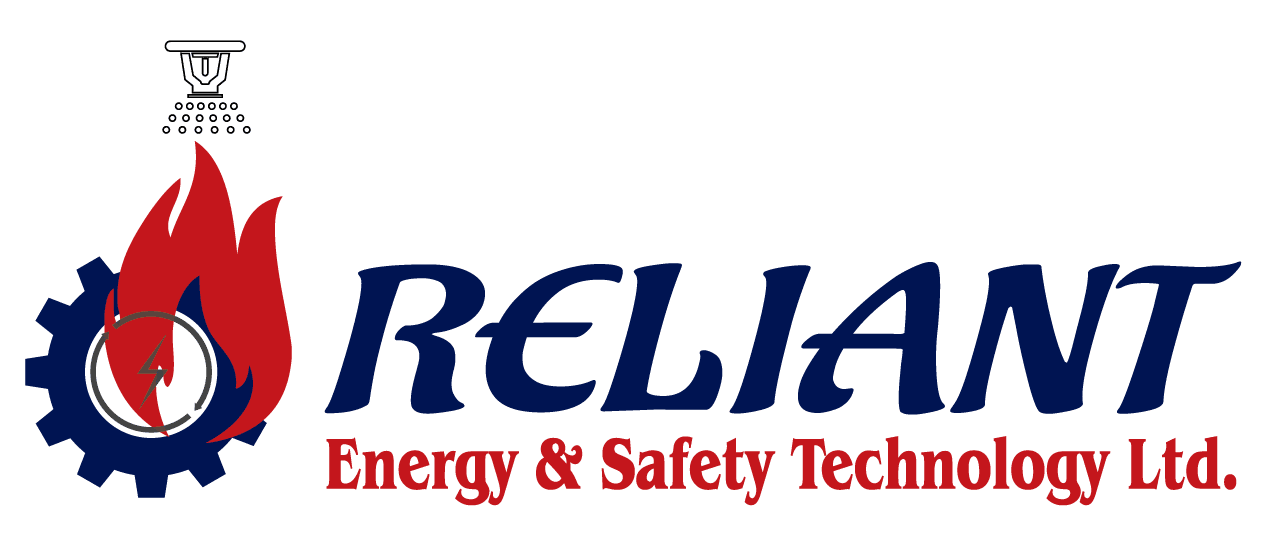A home ventilation system, typically installed in the roof space, works by introducing clean, dry air into the house through a filter while expelling stale air. Without proper ventilation, indoor air can become damp, stagnant, and potentially harmful to health.
The Importance of Ventilation Systems for Your Home in New Constructions
Proper ventilation is essential for maintaining a healthy and comfortable indoor environment, especially in modern home constructions where energy efficiency often leads to tighter building envelopes. By facilitating air exchange, ventilation systems ensure the removal of pollutants, regulation of humidity, and the introduction of fresh outdoor air. Here’s a comprehensive guide to why ventilation matters and how to achieve optimal air quality in new homes.
For all your fire protection needs, explore our fire and safety equipment company for top-quality solutions to ensure safety and compliance.
Why Ventilation is Crucial in Modern Homes
Modern homes are designed for energy efficiency, often resulting in limited natural airflow. While this reduces energy costs, it also increases the risk of indoor air pollution and humidity-related issues. Proper ventilation addresses these challenges by:
- Reducing Pollutants: Eliminating harmful substances like carbon monoxide, volatile organic compounds (VOCs), and particulate matter.
- Controlling Humidity: Preventing mold and mildew growth by maintaining balanced moisture levels.
- Enhancing Comfort: Regulating indoor temperatures and minimizing odors for a pleasant living space.
- Promoting Health: Reducing the concentration of allergens, bacteria, and viruses for better respiratory health.
Types of Ventilation Systems for Your Home
Here’s a detailed breakdown of the types of home ventilation systems, including their pros and cons:
Natural Ventilation
Natural ventilation relies on architectural features like windows, doors, and vents to allow air movement between indoor and outdoor spaces. This method harnesses wind and temperature differences to circulate air.
Pros:
- Energy Efficient: No electricity is required, reducing energy costs.
- Simple and Cost-Effective: No need for complex equipment or installation.
- Eco-Friendly: Minimal carbon footprint as it uses natural forces.
- Quick Air Exchange: Can bring in large amounts of fresh air quickly if windows or doors are fully open.
Cons:
- Weather Dependent: Effectiveness varies with outdoor weather conditions (e.g., no wind or high humidity reduces efficiency).
- Uncontrolled Air Quality: Pollutants, allergens, or excessive moisture can enter the home.
- Limited Effectiveness in Extreme Climates: Does not perform well in areas with very high or low temperatures.
- Security Concerns: Open windows and doors may compromise safety.
Mechanical Ventilation
Mechanical ventilation systems use fans and ducts to move air in and out of the home. These systems are categorized into three types:
- Exhaust-Only Systems: Expel indoor air, creating negative pressure to draw in outdoor air.
- Supply-Only Systems: Push fresh air into the house, creating positive pressure that forces stale air out.
- Balanced Systems: Equally pull in fresh air and expel stale air, maintaining neutral pressure.
Pros:
- Consistent Air Exchange: Works regardless of weather or external conditions.
- Customizable: Can be designed to target specific areas like bathrooms or kitchens.
- Improved Indoor Air Quality: Filters can be added to reduce dust, allergens, and pollutants.
- Year-Round Operation: Effective in all climates and seasons.
Cons:
- Energy Costs: Requires electricity to operate, increasing energy consumption.
- Installation Complexity: Involves professional installation and potential ductwork modifications.
- Maintenance Needs: Fans and filters need regular cleaning or replacement.
- Cost: Initial setup and long-term maintenance can be expensive.
Heat Recovery Ventilators (HRVs) and Energy Recovery Ventilators (ERVs)
HRVs and ERVs are advanced mechanical systems designed for energy-efficient homes. They exchange indoor and outdoor air while capturing heat or moisture, depending on the system type.
- HRVs: Focus on transferring heat from outgoing air to incoming fresh air without mixing the two air streams.
- ERVs: In addition to heat, ERVs also transfer moisture, balancing humidity levels indoors.
Pros:
- Energy Efficiency: Reduces heating and cooling loads by recovering energy from exhaust air.
- Improved Comfort: Maintains consistent temperatures and balanced humidity levels.
- Superior Air Quality: Filters air to remove contaminants and allergens.
- Suitable for Extreme Climates: Works well in both hot and cold conditions.
Cons:
- High Initial Cost: Expensive to purchase and install compared to basic systems.
- Complex Installation: Requires professional expertise and possible adjustments to ductwork.
- Maintenance Requirements: Filters and components need routine servicing to maintain efficiency.
- Electricity Usage: While energy-efficient overall, these systems still consume electricity.

Choosing the Right Ventilation Systems for Your Home
Selecting the ideal ventilation system depends on factors such as climate, home design, budget, and specific air quality needs. Here’s a quick guide to help:
- Mild Climates: Natural ventilation may suffice if air quality and weather conditions are favorable.
- Humid or Polluted Areas: Mechanical ventilation with filtration is essential for controlling indoor air quality.
- Energy-Efficient Homes: HRVs or ERVs are perfect for retaining energy while ensuring air exchange.
Understanding the pros and cons of each system ensures a tailored solution that meets your household’s comfort, efficiency, and health requirements.
Ventilation Guidelines for New Constructions
To ensure effective ventilation in new homes, it’s important to follow industry standards, such as those established by the American Society of Heating, Refrigerating and Air-Conditioning Engineers (ASHRAE):
- Ventilation Rates: A minimum of 0.35 air changes per hour or approximately 15-20 cubic feet per minute (cfm) per person.
- Bathroom and Kitchen Exhaust: Install fans to remove moisture and cooking fumes, with recommended rates of 50 cfm for bathrooms and 100 cfm for kitchens.
- Duct Design: Ensure proper sizing and sealing of ducts to maximize airflow efficiency.
Tips for Maintaining Air Quality
Beyond installing a ventilation system, regular maintenance and smart practices can further improve indoor air quality:
Change Filters Regularly
- Replace HVAC filters every 1-3 months to ensure optimal performance.
Control Humidity Levels
- Use dehumidifiers or humidifiers to keep indoor humidity between 30-50%.
Minimize Pollutants
- Opt for low-VOC paints and cleaning products, and avoid smoking indoors.
Schedule Inspections
- Have your ventilation systems inspected annually to identify and fix potential issues.
The Role of Smart Technology in Ventilation
Smart home technologies are revolutionizing ventilation systems by providing automated and real-time air quality management. Features include:
- Sensors: Detect pollutants and adjust ventilation accordingly.
- Integration: Seamlessly work with other HVAC systems for enhanced efficiency.
- Remote Monitoring: Allow homeowners to track and control air quality from their smartphones.
For more information on fire safety services, visit our best fire safety consultant in Bangladesh page
Conclusion
Effective home ventilation is a critical component of creating a healthy and energy-efficient living environment. By selecting the right system and maintaining it diligently, homeowners can ensure superior air quality for years to come. For expert guidance on ventilation solutions tailored to your new construction, contact Reliant EST today.
FAQS
Q1. What is a ventilation system, and why is it important for my home?
A ventilation system controls the airflow in your home, removing stale air and introducing fresh outdoor air. It helps maintain air quality, prevents moisture buildup, and reduces the risk of mold and allergens.
Q2. What types of ventilation systems are available for homes?
There are several types of ventilation systems:
- Natural Ventilation: Relies on windows, vents, and other openings for air exchange.
- Mechanical Ventilation: Uses fans or motors to circulate air.
- Exhaust Ventilation: Removes indoor air and draws fresh air into the home.
- Supply Ventilation: Brings in fresh air and pushes out stale air.
- Balanced Ventilation: Brings in fresh air while removing indoor air in a controlled manner.
Q3. What are the benefits of having a ventilation system?
- Improves indoor air quality by removing pollutants, dust, and moisture.
- Helps control temperature and humidity, reducing the risk of mold.
- Increases comfort and energy efficiency by providing consistent airflow.

